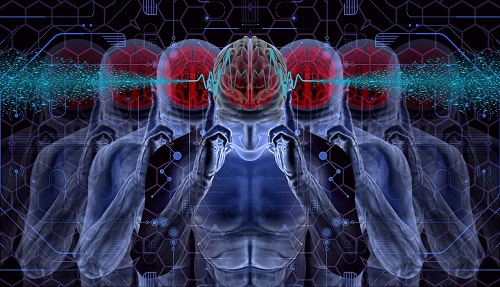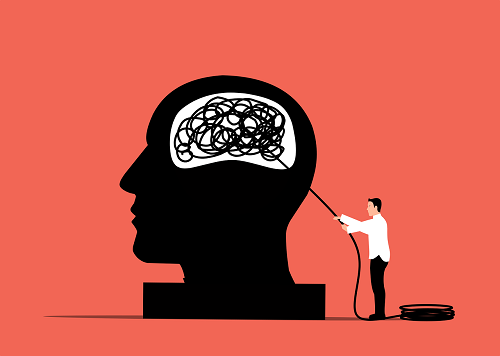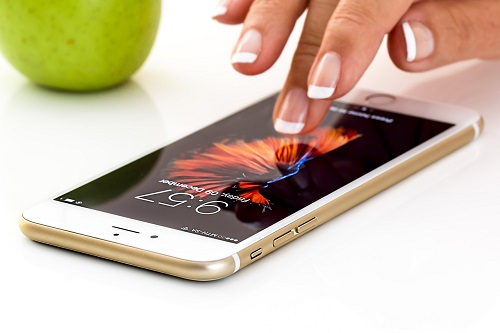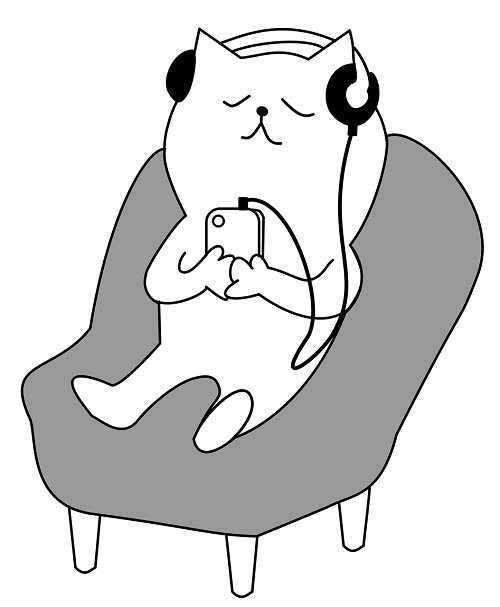Does the Muse Headband Work? – Meditation Headbands Review
The Muse brand has experienced significant growth in recent years, thanks to its innovative technology designed to measure brainwaves. But the real question remains: Do these Muse meditation headbands actually work? Are they truly effective in detecting your brainwaves, and can they genuinely enhance your meditation practice? In this post, I will address all your questions regarding these devices and provide you with a comprehensive review of both the Muse S and Muse 1 headbands.
While I often advocate for natural meditation practices, it’s important to remember that there’s no universally ‘right’ or ‘wrong’ way to meditate. The key lies in staying aware of your mind’s wanderings. Even if you’ve been meditating for years, maintaining this awareness can be challenging at times. Whether you’re a beginner or an experienced meditator, having a tool that alerts you when your mind starts to wander can significantly enhance the benefits of your practice.
I have heard that in some ancient traditions, masters would sneak up from behind and swing a wooden stick on their meditating pupil to see if they were aware enough to dodge it. However, we are fortunate to live in a world where there are better ways to make spiritual progress without getting beaten up with a wooden stick! Jokes apart, the device that I am going to discuss with you here is designed to monitor whether your mind is relaxed while meditating or if it is wandering, it also alerts you to get back on the right track.
Before diving into my personal experience and answering your questions, let me provide you with some information about this product and how it works.
The Brain Sensing Devices
You might be curious about how this headband measures brain activity. Initially, I had doubts too, but after some research, I discovered that it can indeed read brainwaves. The brain generates electrical signals that can be detected from outside the body, much like what doctors do with electroencephalograms (EEG). EEG tests involve attaching small metallic disks to the scalp.
Now, these brainwave monitoring devices, like the Muse, operate on a similar principle of detecting these brainwaves. However, they do so in a unique and less invasive manner. Instead of attaching electrodes directly to the scalp, they utilize advanced sensors embedded within the headband. These sensors are designed to pick up the subtle electrical signals generated by the brain as you meditate or engage in other activities. This non-invasive approach is more comfortable and convenient for users while still providing valuable insights into the mind’s activity during meditation or other cognitive exercises.
The Muse headband is a wearable device designed to be placed on your forehead during meditation sessions. It incorporates approximately seven sensors strategically positioned to monitor your brain’s activity as you meditate.
When you wear the headband, put in the earplugs, and initiate the accompanying app, you’re in for a unique experience. Initially, you’re greeted with a soothing backdrop of weather-inspired music that sets a calming ambiance for your meditation practice. However, here’s where the innovation truly shines: as you delve deeper into your meditation, the Muse headband remains vigilant. It continually assesses your brain activity in real time. If it detects signs that your mind is becoming less relaxed or wandering off-track from your intended meditative state, it responds by subtly altering the musical composition. The music transforms in a way that serves as an alert, nudging you gently but effectively to refocus and relax.
After each meditation session, you’re provided with a valuable post-practice feature. The Muse app compiles and presents you with insightful statistics derived from your meditation experience. These statistics are based on the data gathered by the headband’s sensors throughout your session. This post-meditation analysis allows you to track and understand your mind’s activity patterns, providing a tangible and quantifiable glimpse into your meditation progress and helping you fine-tune your practice over time. There are advanced features in the new versions of Muse headbands and I am pretty sure they will keep bringing upgraded versions in the future but the feature I mentioned here is the basic and most important one.
How Does It Work? – Brainwave Frequency and Meditation
In the realm of meditation, the synergy between technology and mindfulness has brought forth a fascinating concept: brainwave frequencies and their role in shaping the quality of consciousness. Central to this idea is the alpha level of brainwaves, a frequency range that is the basis of the methods incorporated by various personal development programs such as the Silva Ultramind System and numerous meditation practices. This frequency range is often considered the sweet spot where deep meditation unfolds.
The significance of alpha brainwaves lies in their association with a state of focused relaxation, an ideal state for meditation. Meditation enthusiasts and practitioners strive to enter this state, where the mind is calm, focused, and receptive. This is where meditation’s transformative power becomes most pronounced.
The beauty of such devices lies in their ability to monitor these brainwave frequencies in real-time. Here’s how it works: As you engage in your meditation practice, the device continuously tracks your brainwave activity. It’s finely tuned to recognize shifts in brainwave frequency, such as when it rises from the alpha level to the beta level. This is an indication that your mind is transitioning from a meditative state to a more active and possibly distracted state.
Moreover, these devices are not only adept at identifying when your mind is becoming less meditative, but they’re also capable of detecting when you’ve drifted into sleep. This is accomplished by recognizing another set of brainwaves, known as theta brainwaves. Theta waves are typically associated with the drowsy state preceding sleep. When the device detects this shift, it provides an alert, ensuring that you remain aware and engaged during your meditation practice.
My Experience and Review of Muse S and Muse 2 Headband
I previously reviewed the first Muse brain-sensing headband. While I had some reservations about these devices back then, I’ve returned to update my review after trying out the Muse 2 and Muse S headbands, which boast advanced technology. In truth both the advanced versions of Muse’s headband are far better than their initial device, it had limitations with accuracy and the software also was not as good as what they have now which tells us that they are constantly working on making their product better.
First, let’s discuss the Muse 2. When I purchased it, I had high expectations due to my experience with their previous product. Compared to its predecessor, the Muse 2 demonstrated a significant leap in usability. If you had used the Muse app during the initial release of this device, you would have likely encountered several bugs and glitches. However, the company has since made updates to the app, greatly improving its performance. Most of the major issues, such as accuracy, real-time feedback, and audio limitations, were software-related problems. At that time, I strongly believed that this device had the potential for substantial improvement if they focused on enhancing the app. Fortunately, they did just that, resulting in software that is now considerably more accurate and user-friendly.
Regarding comfort, some users may find the plastic body of the band slightly uncomfortable. Personally, I haven’t experienced significant discomfort, but regular users might find it a bit less comfortable over extended periods. However, a new concern has arisen since the launch of the Muse S i.e. battery life. What once felt like a sufficient battery life now appears insufficient by comparison.
Muse S (Gen 2) is a technological masterpiece from every aspect. It boasts features that have the potential to transform the way people, like myself, who are deeply rooted in traditional meditation practices, perceive such devices. If you’re also a regular practitioner of mindfulness exercises, you’ll be astounded by the insightful reports generated by this device. Additionally, the fabric body of this headband offers such comfort that you can even wear it while sleeping. With its array of added features, it stands as an unbeatable modern brainwave sensing device.
The standout feature of Muse S (Gen 2), setting it apart as exceptional, is its sleep monitoring capability and the inclusion of digital sleeping aids. This feature utilizes brainwave sensing to detect wakefulness and employs guided meditation to help you go back to sleep. I find this feature intriguing, although personally, no matter how comfortable it is I’ve found it challenging to wear a headband (or any device) while sleeping. However, I’m aware of the positive feedback this particular aspect of the device has received from users.
The clear winner in the Muse S vs. Muse 2 comparison is undoubtedly Muse S (Gen 2) due to its advanced features. It may seem unfair to pit the updated version of the same device against the older one, but if your primary goal is to monitor your brain state during meditation, Muse 2 still serves its purpose adequately.
Their application is available for free, but it also offers a premium version with a monthly subscription. The choice to opt for the premium version depends on your personal needs and preferences. For individuals like me, who are primarily interested in tracking brainwave trends during meditation sessions, the basic version is more than sufficient.
I really hope you had a good time reading this post and that you found the reviews helpful. Your feedback means a lot to me because it keeps me going and helps me make my blog content even better. If there’s something important that I missed, please drop your thoughts in the comments. Your input will for sure help me create more awesome and informative content down the road.
You can send your emails using the contact page, I will be more than happy to help you with any of your issues.
If this post was helpful to you then please spread the word by sharing it on your online social networks.
